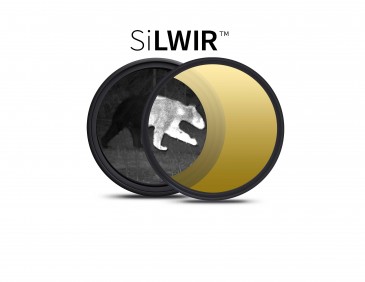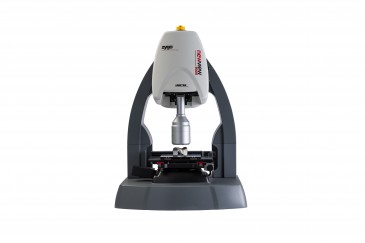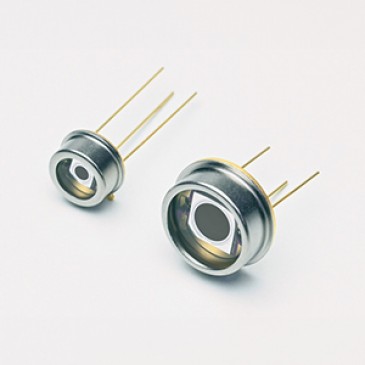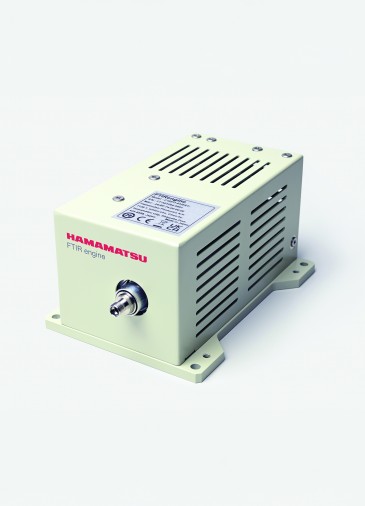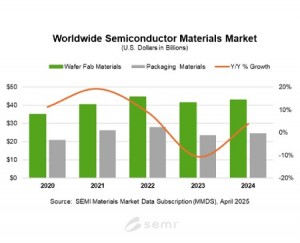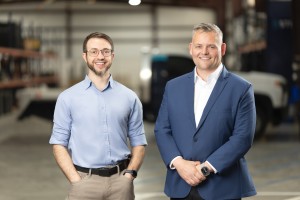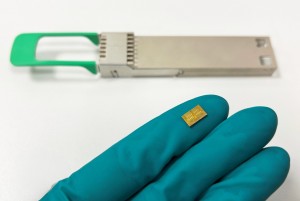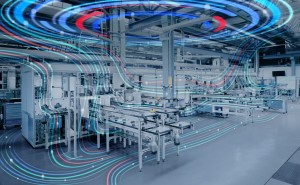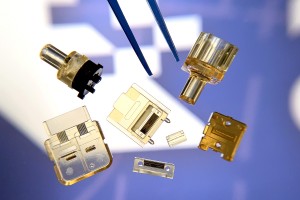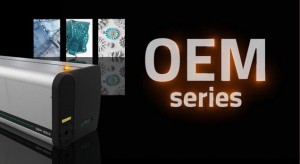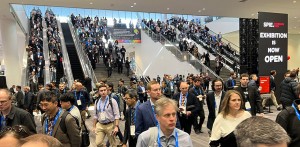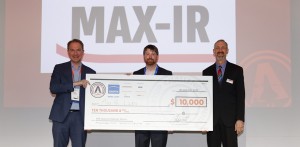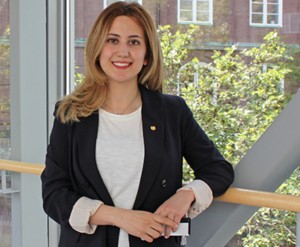
Groundbreaking findings of a study conducted at the Chalmers University of Technology, Sweden, contributes to a better fundamental understanding of how alloys behave at high temperatures, which could help researchers to develop improved materials and advanced technologies.
High-temperature oxidation and high-performance alloys
The paper, titled “Interplay of water and reactive elements in oxidation of alumina-forming alloys,” published in Nature Materials, states that advanced alloys based on metallic elements have numerous applications in a wide range of engineering sectors, such as metallurgical processes, jet engines and steam power plants. This class of materials also plays a crucial role in current and emerging renewable energy conversion technologies, such as solid oxide fuel cells, bio-fuel power plants, carbon capture and storage, and concentrated solar power.
Nooshin Mortazavi, materials researcher at Chalmers’ Department of Physics and first author of the study, explains that almost all commercial advanced high-temperature alloys are compositionally complex materials, and that many years ago, it was discovered that adding so-called reactive elements, such as yttrium, zirconium and hafnium, could greatly enhance high-temperature oxidation of these materials — in some cases by the order of 1000. “Despite their magical effect on the oxidation and mechanical performance of the current alloys, no one has been able to provide robust experimental data explaining the full story of how reactive elements contribute so positively to the oxidation properties of the alloys,” Mortazavi says. She shares that the high-temperature corrosion community has also long been puzzled about the fundamental role of water — or steam — which is present in the aforementioned applications, in oxidation performance of high-temperature materials. “The two central unknowns, water and reactive elements, have thus been the topic of scientific and technological study in our field for decades, delaying the development of high-temperature alloys with superior properties,” Mortazavi says. “Our research deals with these two phenomena.”
While those two unknowns have previously been researched individually, the Chalmers team realized that the two phenomena are linked: They act and variate together during the oxidation at very high temperatures. “We show how the two elements — reactive elements and water — contribute to the formation of a ‘protective’ oxide layer on these materials.”
Creating superior alloys
The pioneering findings reported by the Chalmers team could profoundly impact the development of alloys in the future and, thus, lead to an advancement in materials, applications and technologies. “When you reach a fundamental understanding of how alloys behave at high temperatures, you are then able to develop better materials,” Mortazavi says. “Apart from the mechanistic understanding that we present in our paper, we are also introducing a pathway towards developing superior alloys based on a novel concept of ‘local overdoping’ and reactive element particles’ critical size in our paper. We have strong hope that there will be superior alloys in the near future, if materials developers can correctly interpret our findings.”
Advancing solar technologies
One area where this research breakthrough could catalyze a paradigm shift is the next generation of solar technologies, namely concentrating solar power (CSP) plants, which produce electricity by converting the sun's energy into high-temperature heat using various mirror configurations. “The thermodynamic efficiency of CSPs highly depends on their operating temperature and, accordingly, on materials with superior ability to withstand high temperature corrosion,” the materials researcher points out.
Adding reactive elements to alloys plays a critical role in improving the materials’ performance. “The ability of high-temperature alloys to withstand high-temperature corrosion depends on the formation of a protective surface oxide — called oxide scale — on their surfaces,” Mortazavi says. “We show that reactive elements, together with water, promote the formation of a fast, inward growing nanocrystalline oxide scale on the alloy surface with no or little defects, depending on the size of reactive element particles, oxidizing environment and temperature.” She continues explaining that this unique oxide is then converted to a stable and very protective oxide scale in the earliest stages of oxidation. “So they enhance the alloy-oxide adhesion, and they help the formation of a stable and protective type of oxide scale, and, accordingly, they enhance the alloy oxidation properties.”
As the study title indicates, the interplay of water and reactive elements plays a role in various environments. “Water species help the formation of the nanocrystalline oxide,” explains Mortazavi. “They are the oxidizing agent. They form ‘brittle,’ hydrogen-rich nanodomains and could cause cracking in the oxide when, for example, there is a direct access to the alloy substrate.”
Mortazavi and her colleagues found that water can only be detected in the oxide scale where there is an indication for reactive elements. “We explain in the paper that reactive element particles enable water to access an inner cathode at the alloy-oxide interface,” she says. “Indeed, water penetrates via reactive element ion-containing interfaces between oxide grain boundaries.”
The Chalmers team have demonstrated how the effects of water and reactive elements are interlinked in the oxidation of alumina-forming alloys. “We tried to show that a new way of research — experiment theory — is needed to approach long-standing open questions in the field,” Mortazavi concludes. “In particular, introducing the concept of the inner cathode, local overdoping, water/reactive element co-occurrence and co-variation are just few examples of discoveries that are considered as a paradigm shift in the field.”
The next step
“This research is just the beginning,” Mortazavi says. “There is a saying: ‘Science is always wrong. It never solves a problem without creating ten more!’ Although we are shedding some new lights on two critical unknowns in our field, our research puts forward many new questions. How is the interplay of water and reactive elements in other alloy systems, higher temperatures and around particles with slightly different chemical composition?” the researcher wonders, promising that she and her colleagues will soon try to find answers to these questions.
Written by Sandra Henderson, research editor Novus Light Technologies Today









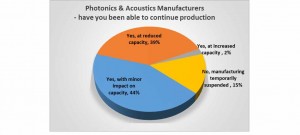

















 Back to Features
Back to Features